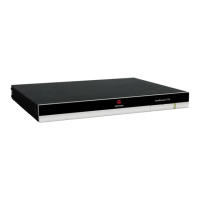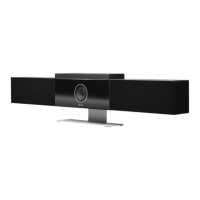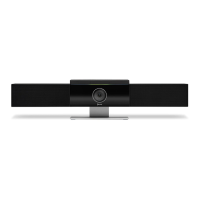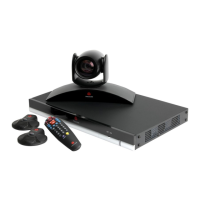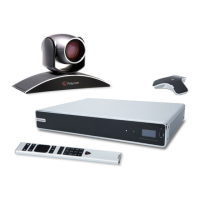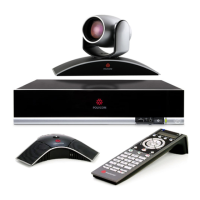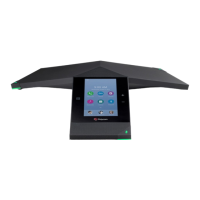The SoundStructure VoIP Interface
12 - 81
val voip_line_state "VoIP Out" 1 reg
# the local phone stops ringing as the call is forwarded.
val phone_ring "VoIP In" 0
Transferring a Call
This example shows how you can dial a call, connect to the remote party
(extension 2029 in this example), and then perform a consultative transfer of
that call to a different extension (extension 5148 in this example).
# Dial the desired number
set phone_dial "VoIP Out" "2029"
val phone_dial “VoIP Out” “2029”
# Take the phone offhook to send the digits to the call server
set phone_connect "VoIP Out" 1
val phone_connect “VoIP Out” 1
# Once connected the call appearance state will be updated to connected
val voip_call_appearance_state “VoIP Out” 1 connected
# Once you are connected, then initiate the transfer.
# This will generate new dial tone.
set voip_transfer "VoIP Out"
# Once you received an indication that you have dialtone you can
# dial the digits
val voip_call_appearance_state "VoIP Out" 1 dialtone
# Dial the party to whom you would like to transfer the call
set phone_dial "VoIP Out" "5148"
# Optionally use the voip_send command to send the digits immediately
# without waiting for a time-out from the dial plan
set voip_send "VoIP Out"
# Once you are connected, you can then talk to the person to tell
# them you are transferring the call
val voip_call_appearance_state "VoIP Out" 1 connected
# Then once connected, you complete the transfer
set voip_transfer "VoIP Out"
